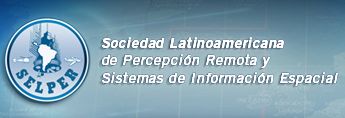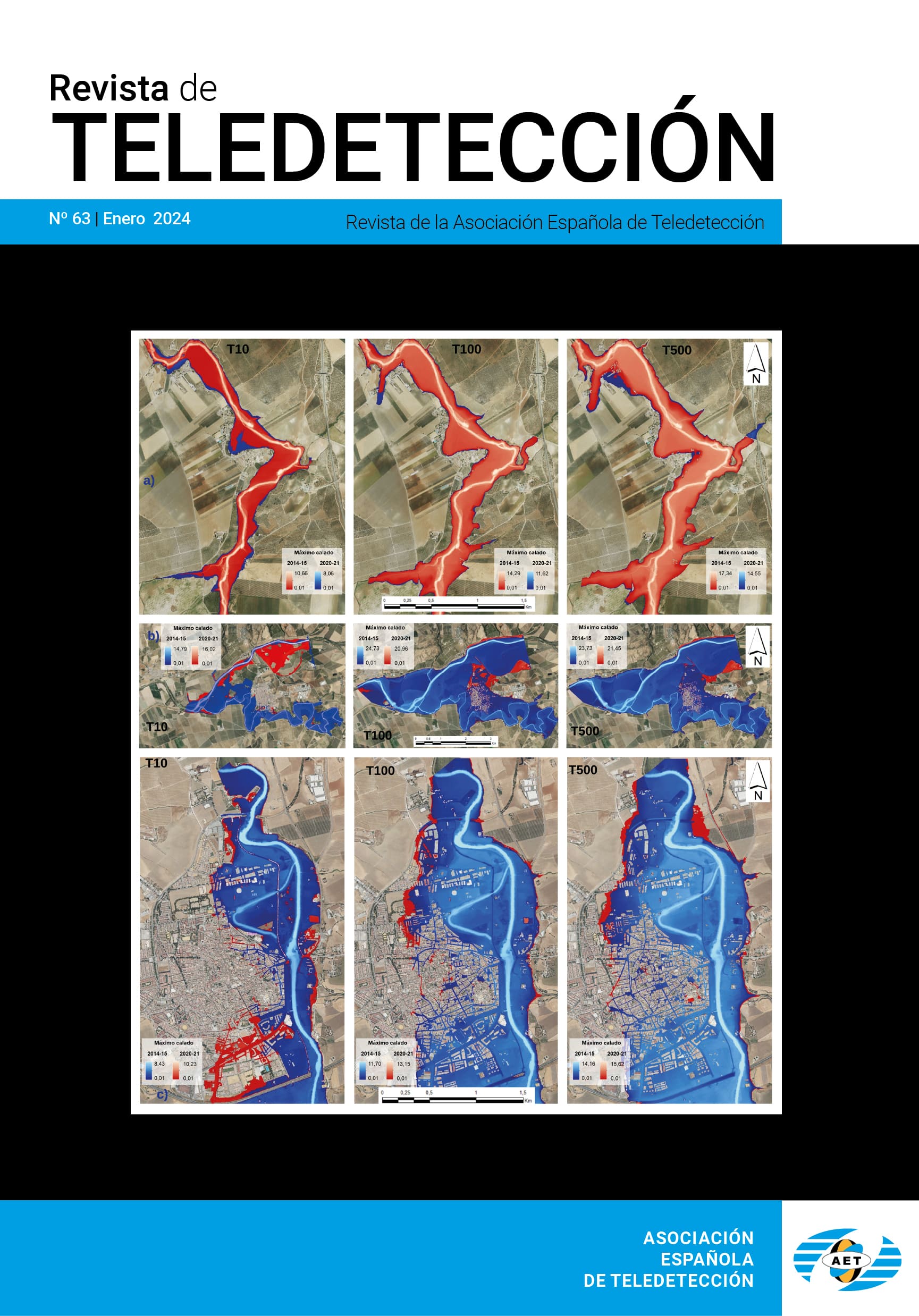Análisis comparativo entre las máquinas de vectores soporte y el clasificador de máxima probabilidad para la discriminación de c
J. P. Argañaraz(argajuan@yahoo.com.ar)
I. Entraigas
RESUMEN
El mapeo de los tipos de cubierta de suelo es una de las aplicaciones más comunes de la teledetección. A tal efecto, las imágenes Landsat TM resultan de gran utilidad por su adecuada resolución espacial, espectral, temporal y accesibilidad. Una de las formas más empleadas para extraer información temática a partir de imágenes satelitales es la clasificación supervisada y la estrategia para aplicarla puede diferir desde el algoritmo de asignación seleccionado, el número de bandas incluidas y el tamaño de las áreas de entrenamiento. El objetivo del presente trabajo fue comparar clasificaciones realizadas con un algoritmo tradicional paramétrico: el de máxima probabilidad (MLC) y uno no paramétrico de uso relativamente reciente: las máquinas de vectores soporte (SVM), utilizando tres combinaciones de bandas de uso tradicional: 345, 3457, 1-5 y 7 y una combinación de bandas infrarrojas: 457 y distintos tamaños de áreas de entrenamiento. Con ambos algoritmos, las clasificaciones que incluyeron cuatro y seis bandas (combinaciones 3457 y 1-5 y 7, espectivamente) fueron significativamente mejores que con tres bandas (345) pero, en general, no presentaron diferencias entre sí. La combinación 457 demostró ser útil para discriminar cubiertas de suelo, con precisiones comparables a las combinaciones tradicionales. El aumento del tamaño del área de entrenamiento tuvo un impacto
diferente en la precisión alcanzada por los clasificadores, dependiendo de la combinación de bandas utilizada y, en todos los casos, se observó la estabilización de la precisión global frente al incremento del tamaño del área de entrenamiento. La combinación 3457 resultó ser la más adecuada para la discriminación de cubiertas de suelo, optimizando la relación entre el número de bandas incluido y la precisión global obtenida. En general, las SVM tuvieron mejor desempeño que MLC con la combinación de tres bandas, mientras que con cuatro y seis bandas las diferencias no fueron significativas.
PALABRAS CLAVE: clasificación supervisada, clasificador de máxima probabilidad, máquinas de vectores
soporte, tamaño del área de entrenamiento, combinación de bandas, Landsat TM.
ABSTRACT
Land cover mapping is one of the most common applications of remote sensing. For that purpose Landsat TM imagery is of great usefulness due to its appropriate spatial, spectral and temporal resolution and accessibility. One of the most used ways of extracting thematic information from satellite imagery is supervised classification and the strategy to apply it may differ as to the classification algorithm,
number of bands included and the size of the training set. The objective of the present article was to compare classifications made with a traditional parametric algorithm: the maximum likelihood classifier (MLC) and a non parametric and of relatively recent application: the support vector machines (SVM), with three traditional band combinations: 345, 3457, 1-5 and 7, and an infrared band combination: 457, testing different training set sizes. Using both classifiers, the classifications obtained with both four and six bands (combinations 3457 and 1-5 and 7, respectively) were significantly better than with three bands (345), however, in most cases there were no differences between them. The 457 combination proved to be useful characterize land covers, showing precisions comparable to traditional band combinations. Increasing training size had a different effect on the precision reached by the classifiers, depending on the band combinations used and, in every case, a stabilization of the global precision was observed with an increase in the training size. Combination 3457 was the most appropriate to land cover discrimination, optimising the relationship between the number of bands included and the global precision obtained. In general, SVM had better performance than MLC with the three band combination, whereas with four and six bands differences were not significant.
KEYWORDS: supervised classification, maximum likelihood classifier, support vector machines, training
size, band combination, Landsat TM.
PULSE AQUI PARA DESCARGAR EL ARTÍCULO COMPLETO








